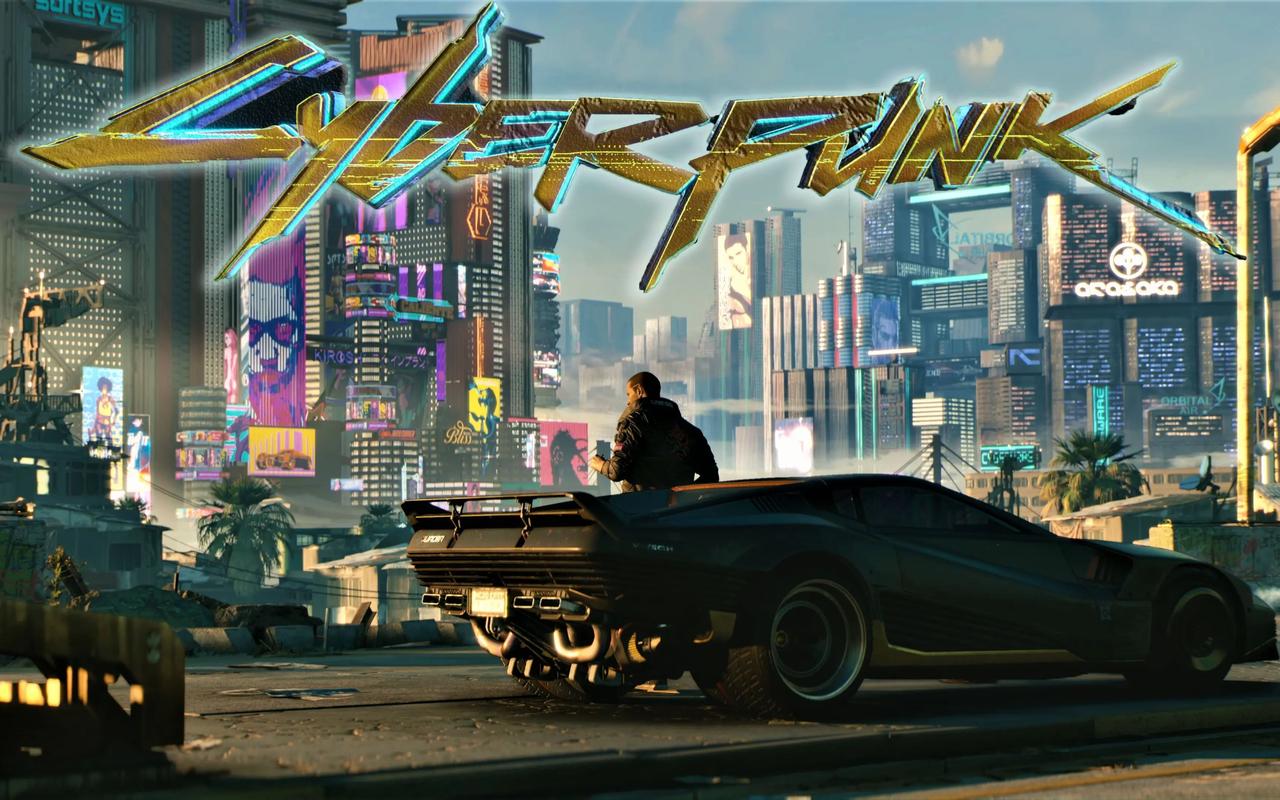Star Wars Jedi: Fallen Order Score: Soulslike Lightsaber Combat
By [Your Name]
Introduction
Star Wars Jedi: Fallen Order (2019) by Respawn Entertainment is a unique entry in the Star Wars gaming universe, blending Metroidvania-style exploration with challenging, Soulslike combat. While many action-adventure games feature flashy lightsaber duels, Fallen Order distinguishes itself by incorporating deliberate, weighty combat mechanics inspired by Dark Souls and Sekiro: Shadows Die Twice. This approach not only elevates the lightsaber’s impact but also reinforces the game’s narrative theme—rebuilding the Jedi Order from the ashes of defeat.
This article explores how Fallen Order successfully merges Soulslike mechanics with Star Wars lore, analyzing its combat system, difficulty balancing, and the emotional weight behind every strike of Cal Kestis’ lightsaber.
The Soulslike Influence: Precision Over Flash
Unlike previous Star Wars games (The Force Unleashed, Jedi Knight), which emphasized acrobatic, overpowered combat, Fallen Order adopts a methodical approach. Key Soulslike elements include:
- Stamina-Based Combat – Cal’s attacks, blocks, and dodges drain his stamina (Force meter), forcing players to manage aggression defensively.
- Parry-Centric Duels – Perfectly timed blocks open enemies to devastating counters, mirroring Sekiro’s posture system.
- High Stakes, High Reward – Enemies hit hard, and death resets progress (though less punishing than Dark Souls).
This design ensures that every lightsaber swing feels impactful. Stormtroopers fall quickly, but Purge Troopers and Inquisitors demand patience—just as a Jedi would approach combat in lore.
Lightsaber Combat: More Than Just a Glow Stick
The lightsaber in Fallen Order isn’t just a weapon; it’s an extension of Cal’s growth. Early-game combat feels clumsy, reflecting his rusty skills post-Order 66. As players unlock abilities (e.g., double-bladed stance, Force slow), the combat evolves into a fluid dance of deflections and counters.
Key Mechanics:
- Stances – Single, double-bladed, and dual-wield styles offer versatility.
- Force Integration – Push, Pull, and Slow abilities disrupt enemy formations.
- Execution Animations – Brutal finishers sell the lethality of a lightsaber.
Unlike Dark Souls, where weapons feel heavy due to realism, Fallen Order’s lightsaber carries weight because of its mythical significance. Blocking a blaster bolt or slicing through droids feels cinematic yet grounded.
Boss Fights: Jedi vs. Sith, Soulslike Style
The game’s standout moments come from its boss battles, which blend Star Wars spectacle with Soulslike tension:
- Second Sister (Trilla Suduri) – A relentless duelist who punishes button-mashers.
- Oggdo Boggdo (The Infamous Frog) – A meme-worthy but brutal early skill check.
- Darth Vader (Final Encounter) – A scripted but terrifying reminder of Jedi vulnerability.
Each boss requires pattern recognition and adaptability, much like Dark Souls’ Ornstein and Smough. The absence of difficulty options at launch (later patched) further reinforced the Soulslike ethos—victory must be earned.
Criticisms: Is It Soulslike Enough?
While praised, Fallen Order’s combat isn’t flawless. Some critiques include:
- Clunky Platforming – Unresponsive jumps break immersion.
- Inconsistent Difficulty – Late-game Force powers trivialize some encounters.
- Limited Enemy Variety – Too many reskinned Purge Troopers.
Purists argue it’s a "Souls-lite" experience, but Respawn’s focus on accessibility (adjustable difficulty, checkpoints) makes it more approachable without sacrificing depth.
Conclusion: A New Hope for Star Wars Games
Jedi: Fallen Order proves that Star Wars benefits from Soulslike rigor. By treating lightsaber combat as a skill to master—not a power fantasy—it captures the essence of being a Jedi: discipline, adaptability, and resilience. Its sequel, Jedi: Survivor, expanded on these ideas, but Fallen Order remains a landmark title for marrying Star Wars storytelling with punishing, rewarding gameplay.

As Cal Kestis rebuilds his connection to the Force, players rebuild their combat instincts—one parry at a time.
Final Score: 9/10 – A near-perfect fusion of Star Wars mystique and Soulslike mastery.
Would you like any refinements or additional sections (e.g., deeper lore analysis, comparison to Jedi: Survivor)?














